Industry information
Company News
- Aluminum veneer: the beauty of architecture, the secret behind its lightness
- Honeycomb aluminum plate: a perfect fusion of lightness and sturdiness
- Aluminum veneer customization, creating a unique spatial aesthetic
- Aluminum veneer: the new favorite of architecture, simple but not simple
- Aluminum ceiling: not just a ceiling, but also a dual combination of fashion and practicality
Industry dynamics
- Factors affecting the price of customized aluminum veneer
- Customized aluminum veneer to create your own fashionable space
- Aluminum Curtain Wall: The Gorgeous Coat of Modern Architecture
- Customized aluminum veneer creates personalized commercial spaces
- Aluminum ceiling, the fashionable new favorite of home decoration
Frequently asked questions
- What is the manufacturing process of aluminum veneer?
- How does the service life of aluminum veneer compare to other exterior wall materials?
- How to evaluate the impact of environmental certification for aluminum veneer on the appearance of buildings?
- How can aluminum veneer improve the appearance of buildings?
- Can the insulation function of aluminum veneer solve the structural problems of buildings?
contact us
Mobile:+86 15627778610
Email: 2201229786
Address: No. 5 Binjiang Road, High tech Zone, Zhaoqing City, Guangdong Province
Surface treatment method for 1.5mm thick aluminum veneer
- Author: Lesilong Technology (Guangdong) Co., Ltd
- Release time: March 12, 2025 13:41:48
- Click:0
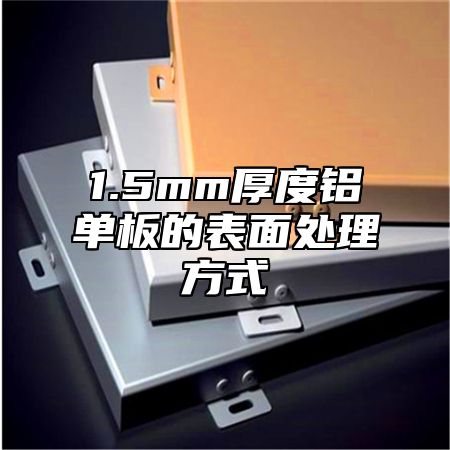
1.5mm thicknessAluminum veneerIt is a common building material, and its surface treatment method has a significant impact on its decorative effect and service life. This article will provide a detailed introduction to the surface treatment methods for 1.5mm thick aluminum veneer.
In terms of material properties, 1.5mm thick aluminum veneer usually has good hardness and wear resistance, but it is also susceptible to corrosion and damage. Special processes are needed in surface treatment to improve its surface quality and decorative effect.
Common surface treatment methods include the following:
1. Anodizing treatment: This is a commonly used surface treatment method that can form a dense oxide film on the surface of aluminum veneer, thereby improving its surface hardness, wear resistance, and corrosion resistance. The oxide film can also add a layer of metallic luster to the aluminum veneer, making it have a better decorative effect.
2. Spray treatment: Spray treatment is a method of uniformly spraying paint onto the surface of aluminum veneer, which can add a layer of color and texture to the aluminum veneer, giving it a better decorative effect. Spraying treatment can also improve the durability and corrosion resistance of aluminum veneer.
3. Electrophoretic coating treatment: Electrophoretic coating treatment is a method of coating electrolyte onto aluminum veneer, which can form a uniform and dense coating, thereby improving its surface hardness and wear resistance. Electrophoretic coating treatment can also add a layer of metallic luster to aluminum veneer, giving it a better decorative effect.
4. Fluorocarbon spraying treatment: Fluorocarbon spraying treatment is a method of spraying fluorocarbon coating onto aluminum veneer, which can form a coating with good weather resistance and corrosion resistance, thereby improving the service life and decorative effect of aluminum veneer. Fluorocarbon spraying treatment can also add a layer of metallic luster to aluminum veneer, giving it a better decorative effect.
There are many surface treatment methods for 1.5mm thick aluminum veneer, each with its own advantages, disadvantages, and applicable range. In practical applications, appropriate surface treatment methods should be selected according to specific situations to achieve the best results and usage outcomes.

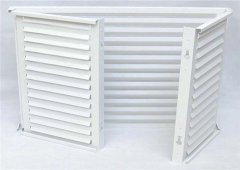
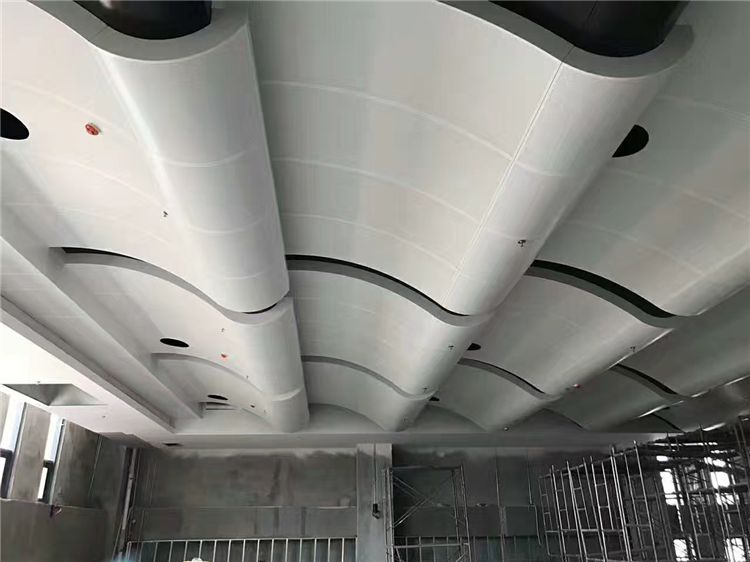
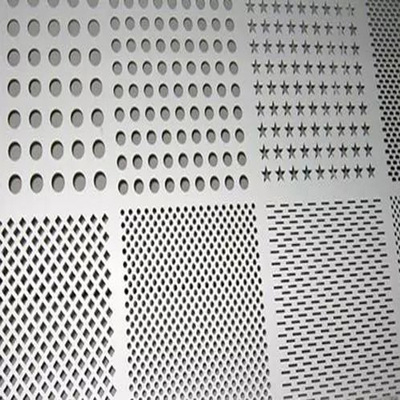
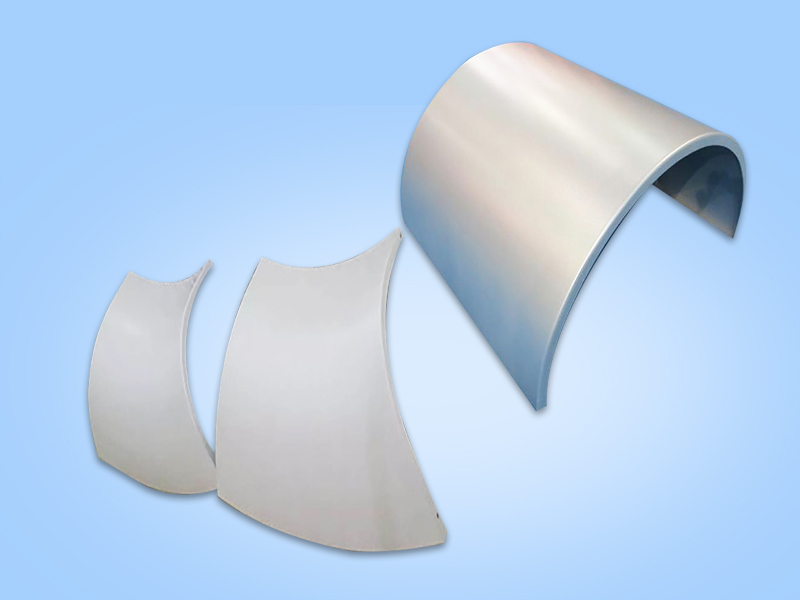
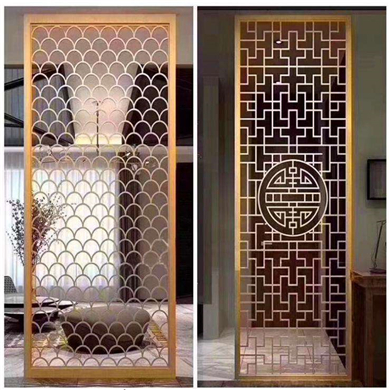
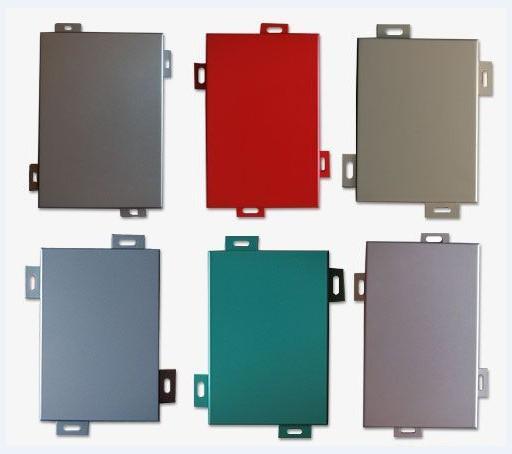
 Customer service QQ
Customer service QQ